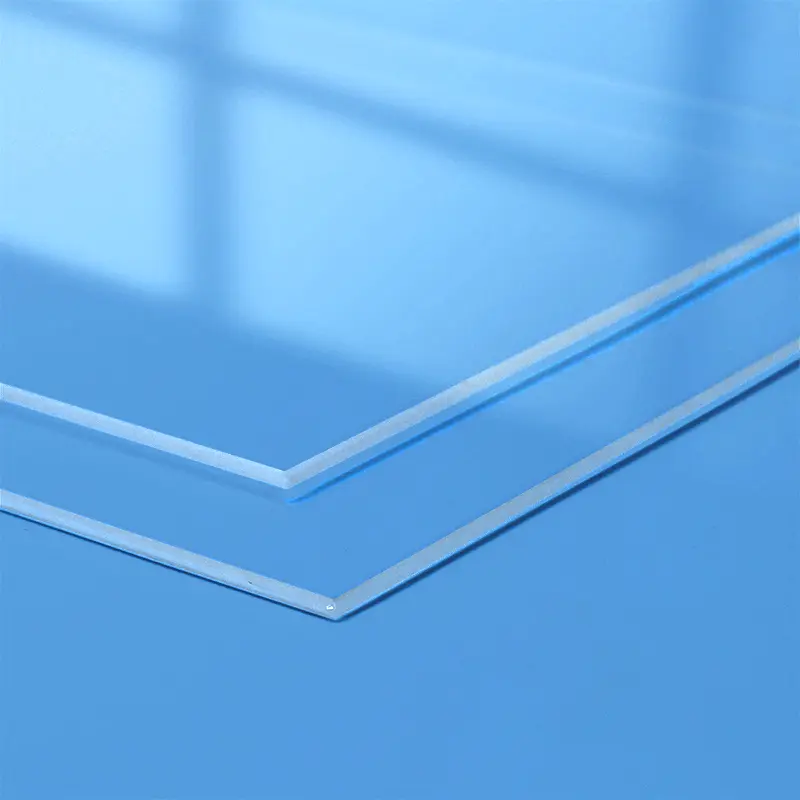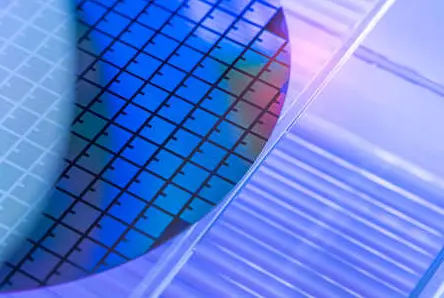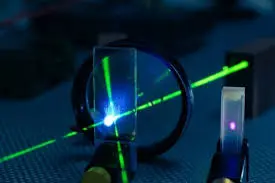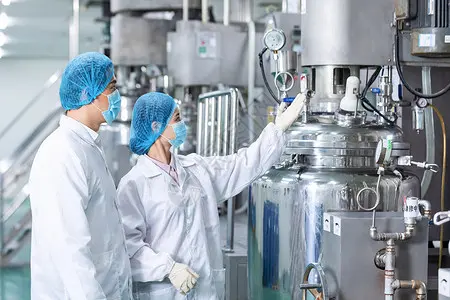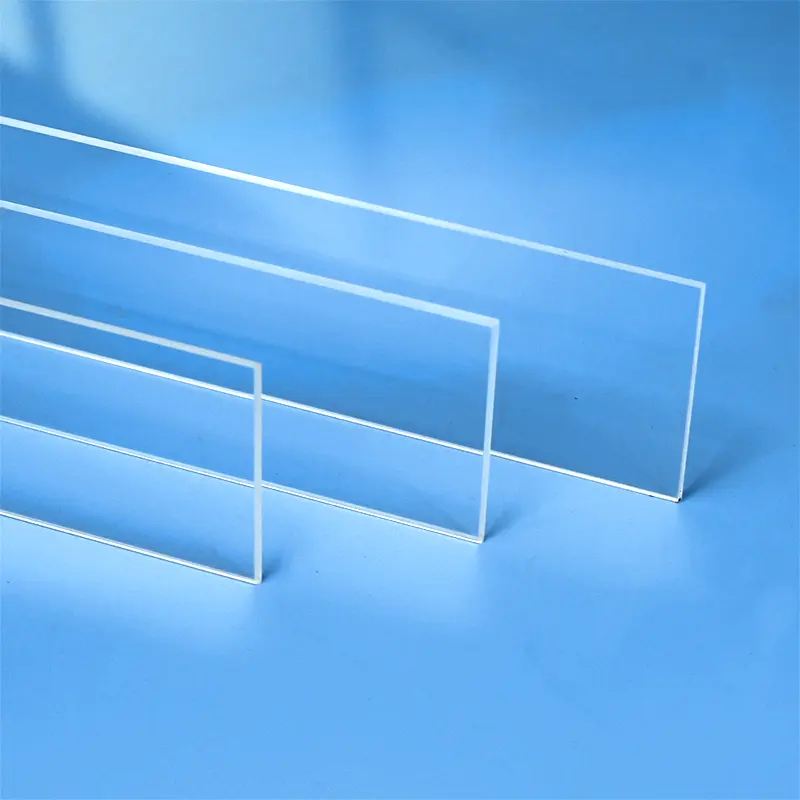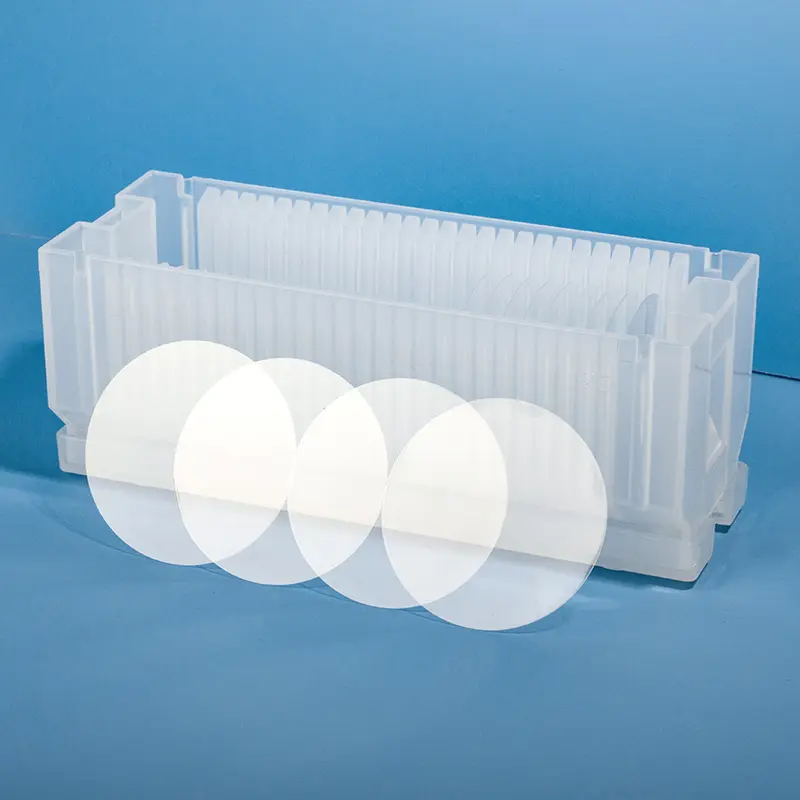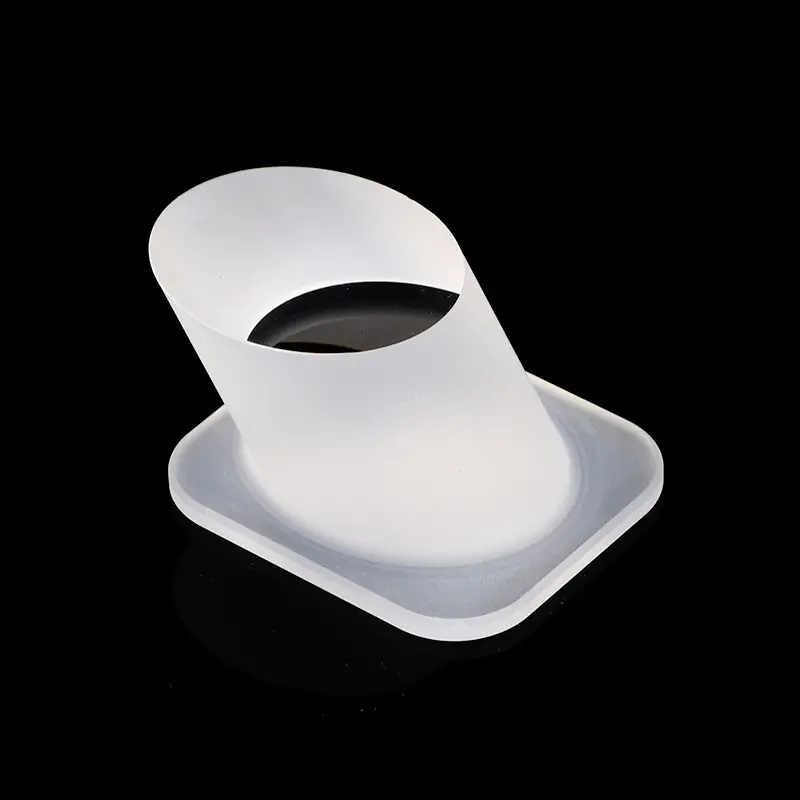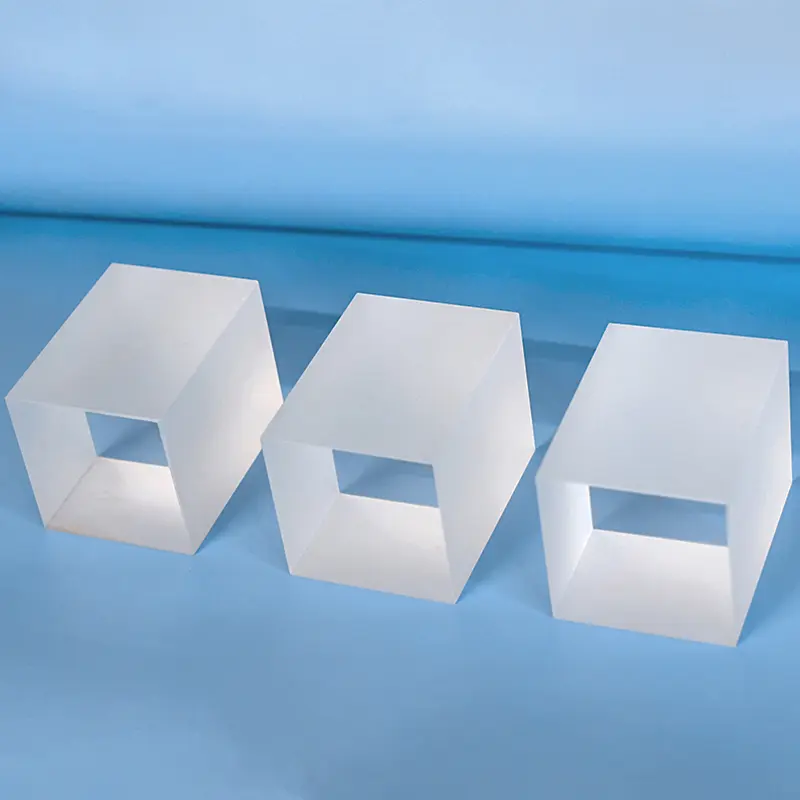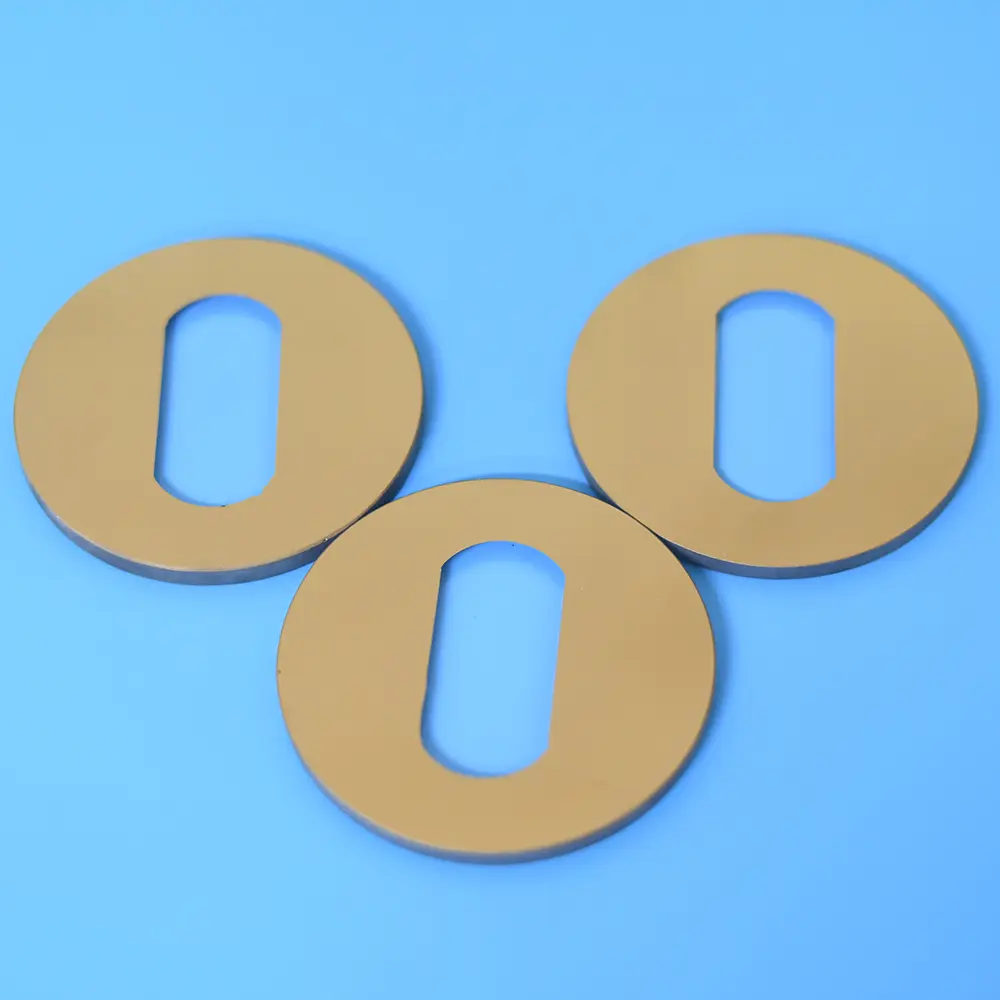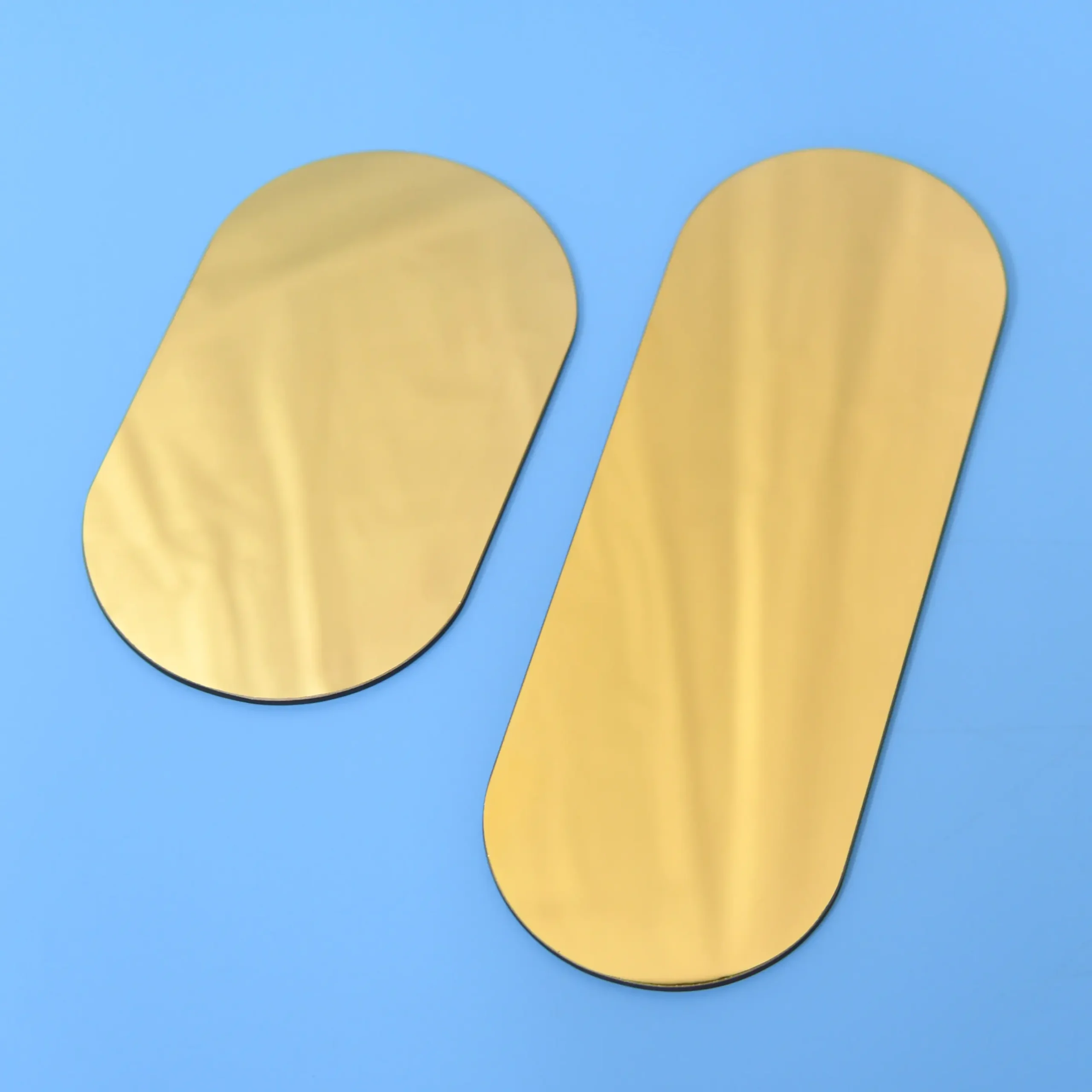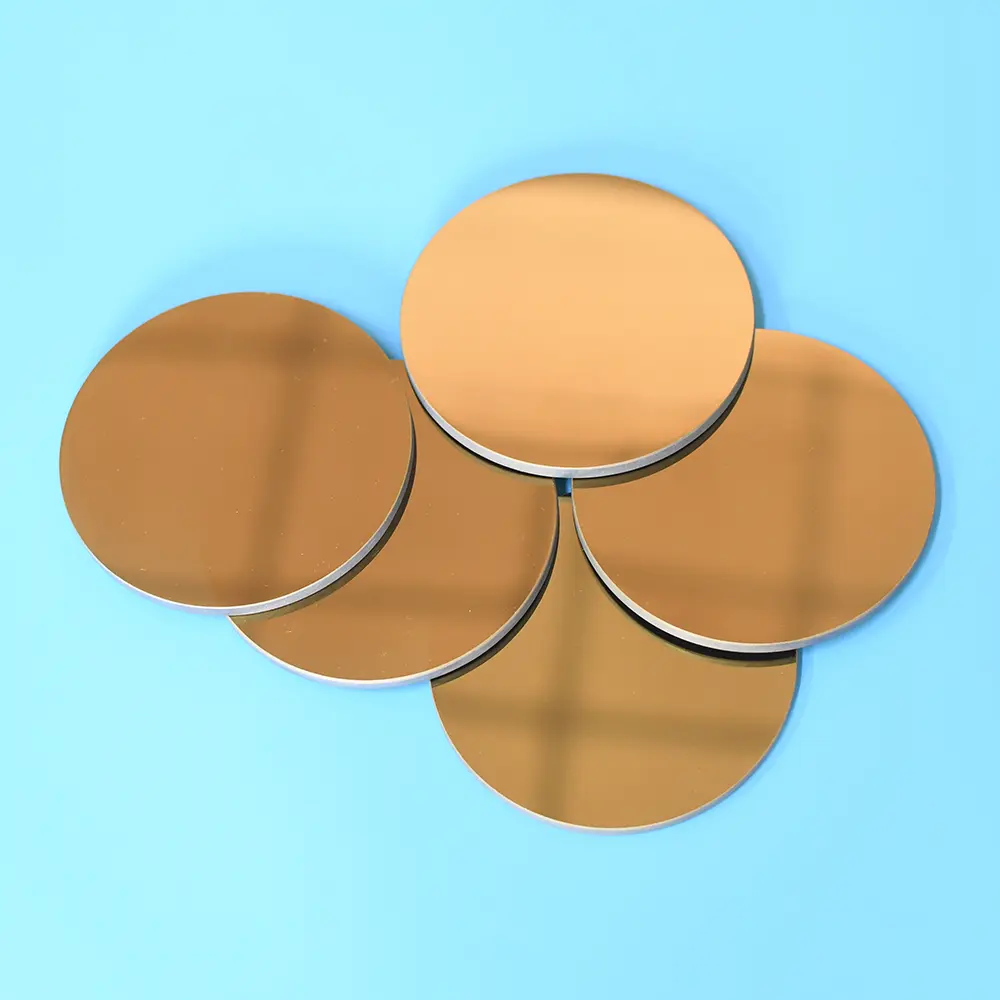Large-size quartz glass plates, characterized by their exceptional high-temperature resistance, corrosion resistance, and optical properties, are widely utilized in numerous fields such as semiconductors, optics, and high-temperature manufacturing. These plates are typically produced through a continuous fusion method and are available in various sizes and specifications to meet diverse industrial needs.
| Содержание недвижимости | Стоимость недвижимости |
|---|---|
| SiO2 | 99.99% |
| Плотность | 2,2×10³ кг/см³ |
| Твердость | 5,5 - 6,5 Шкала Мооса 570 KHN 100 |
| Прочность на разрыв | 4,8×10⁷ Па (Н/мм2) (7000 фунтов на кв. дюйм) |
| Прочность на сжатие | >1,1×10⁹ Па (160 000 фунтов на кв. дюйм) |
| Коэффициент теплового расширения | 5,5×10-⁷ см/см°C (20°C-320°C) |
| Теплопроводность | 1,4 Вт/м-°C |
| Удельная теплота | 670 Дж/кг-°C |
| Точка размягчения | 1730 °C (3146 °F) |
| Точка отжига | 1210 °C (2210 °F) |
| Точка деформации | 1120 °C (2048 °F) |
| Рабочая температура | 1200°C (2192°F) |
| Электрическое сопротивление | 7×10⁷ Ом см (350°C) |
| Размер | На заказ |
| Логотип | Подгонянный логос принимает |
Стойкость к высоким температурам
Quartz glass plates exhibit exceptional thermal resistance, capable of operating continuously at temperatures ranging from 1100°C to 1250°C, withstanding temperatures up to 1450°C for short periods.
Chemical Stability
With the exception of hydrofluoric acid, quartz glass plates are inert to most acids and chemical reagents, making them highly suitable for use in chemical industries and laboratory environments.
Optical Performance
Quartz glass plates possess superior optical transmission, particularly in the ultraviolet (UV) region, making them an ideal material for manufacturing optical components and instruments.
Dimensional Versatility
Quartz glass plates can be produced in a wide variety of sizes and specifications to meet various industrial applications and customer requirements.
Сценарий применения
Semiconductor Manufacturing
Quartz glass plates are utilized as substrate materials in the semiconductor industry due to their exceptional thermal stability and chemical inertness. They serve as bases for growing semiconductor crystals, as photomasks in photolithography, and as components in etching and deposition processes.
Optical Device Manufacturing
Quartz glass plates play a crucial role in manufacturing optical devices, including fiber optic communications, lasers, and optical sensors. Their high refractive index, excellent transparency, and strong thermal stability make them a widely used material in the optics industry.
Aerospace
In the aerospace sector, quartz glass is a key component in spacecraft and space shuttles due to its high strength, low dielectric loss, high temperature resistance, and corrosion resistance. For instance, radiation-resistant quartz glass cover slips protect the energy systems of solar cells.
Large-size quartz glass plates exhibit excellent thermal resistance, capable of operating continuously at temperatures ranging from 1100°C to 1250°C and withstanding temperatures up to 1450°C for short periods. This makes them highly suitable for applications requiring high-temperature environments, such as semiconductor manufacturing and high-temperature experimentation.
In the field of optics, large-size quartz glass plates are widely used due to their high transparency, low refractive index, and excellent ultraviolet (UV) transmission. They can be used to manufacture optical mirrors, lenses, fiber optic communication components, lasers, and optical sensors. The optical performance of quartz glass plates makes them an ideal material for optical instrument manufacturing.
Large-size quartz glass plates demonstrate exceptional chemical stability, exhibiting inertness to most acids and chemical reagents, with the exception of hydrofluoric acid. This makes quartz glass plates very suitable for use in chemical industries and laboratory environments, such as for chemical experimental instruments, chemical pipelines, and reaction vessels, where they can maintain their performance without being eroded.
Часто задаваемые вопросы
Кварцевое стекло - это твердый и хрупкий материал с отличными физическими и химическими свойствами, чрезвычайно высокой механической твердостью, хорошей электроизоляцией, высокой температурой и коррозионной стойкостью, низкой и стабильной задержкой, хорошим светопропусканием и т.д. Он широко используется в полупроводниках, оптике, электричестве, химии, аэрокосмической промышленности, автомобилестроении и других областях. Твердые и хрупкие материалы трудно поддаются обработке, поэтому во многих областях срочно требуются процессы резки с небольшим разрушением кромок, меньшими потерями материала, низкой шероховатостью поперечного сечения и широким диапазоном толщины реза. Традиционным методом резки кварцевого стекла является механическая резка, то есть резка кругом. К нетрадиционным методам резки относятся водоструйная резка, резка проволокой электрохимического разряда, непрерывная лазерная резка и т. д. Механическая резка имеет низкую стоимость, но контакт между кругом и материалом приводит к большому износу инструмента, а материал легко загрязняется инструментом. Кварцевое стекло подвержено разрушению кромок, микротрещинам и остаточному напряжению, что влияет на прочность и эксплуатационные характеристики материала! Трудно добиться криволинейной резки и требуется последующая обработка, такая как шлифовка и полировка. Лазерная резка не контактирует непосредственно с материалом, не имеет контактного напряжения и может выполнять сложную криволинейную резку. Пикосекундный лазер обладает такими преимуществами, как малый диаметр пятна, высокая точность, короткое время воздействия на материал и малая площадь воздействия, и подходит для обработки твердых и хрупких материалов.
。

